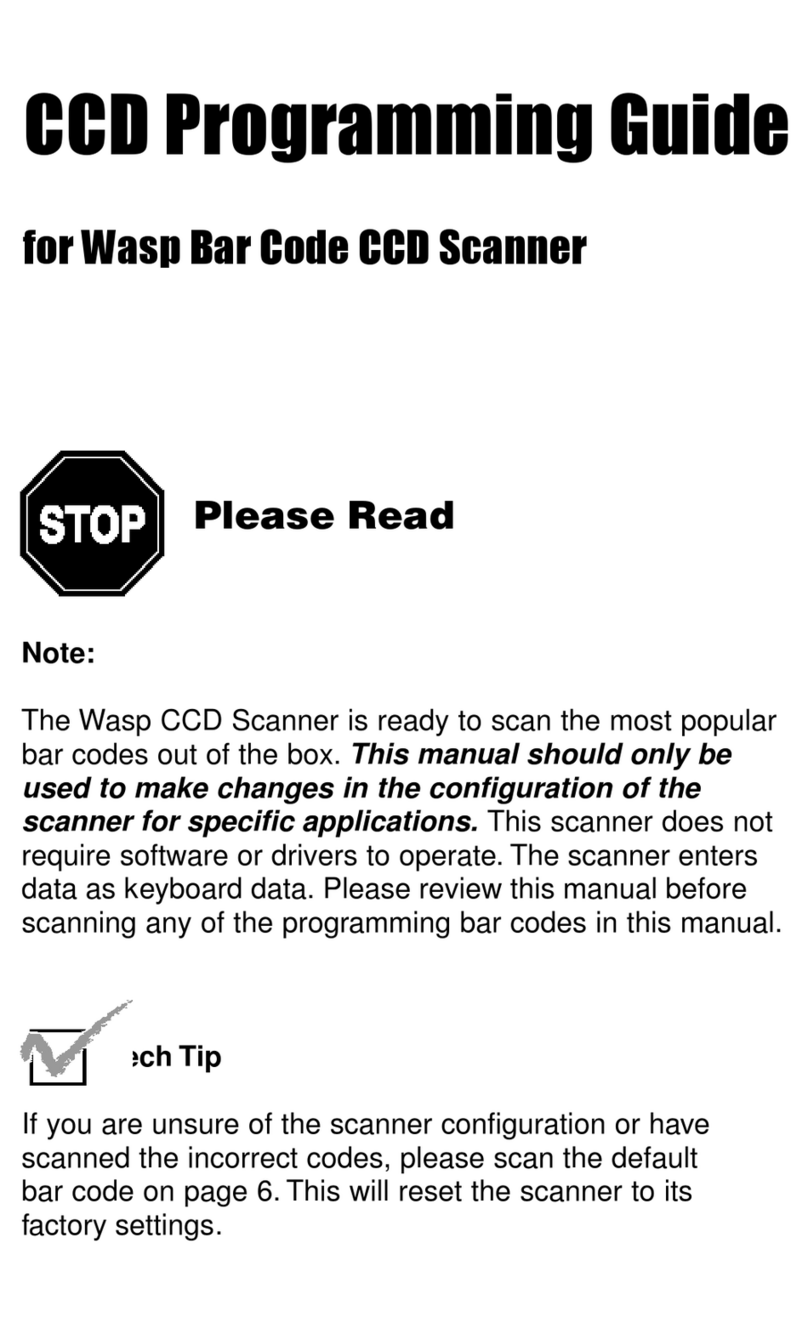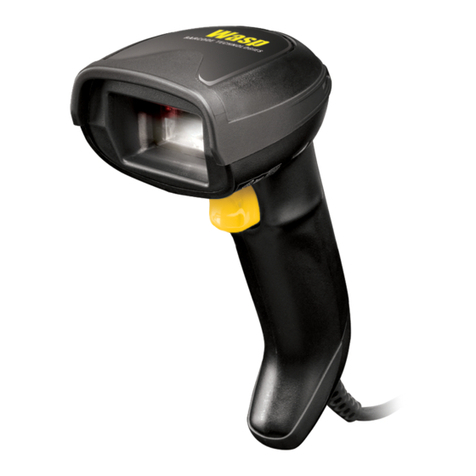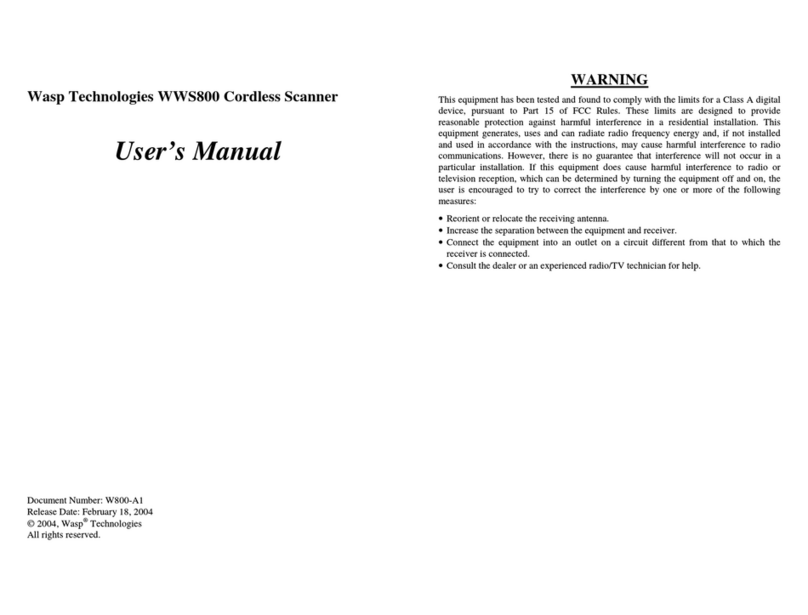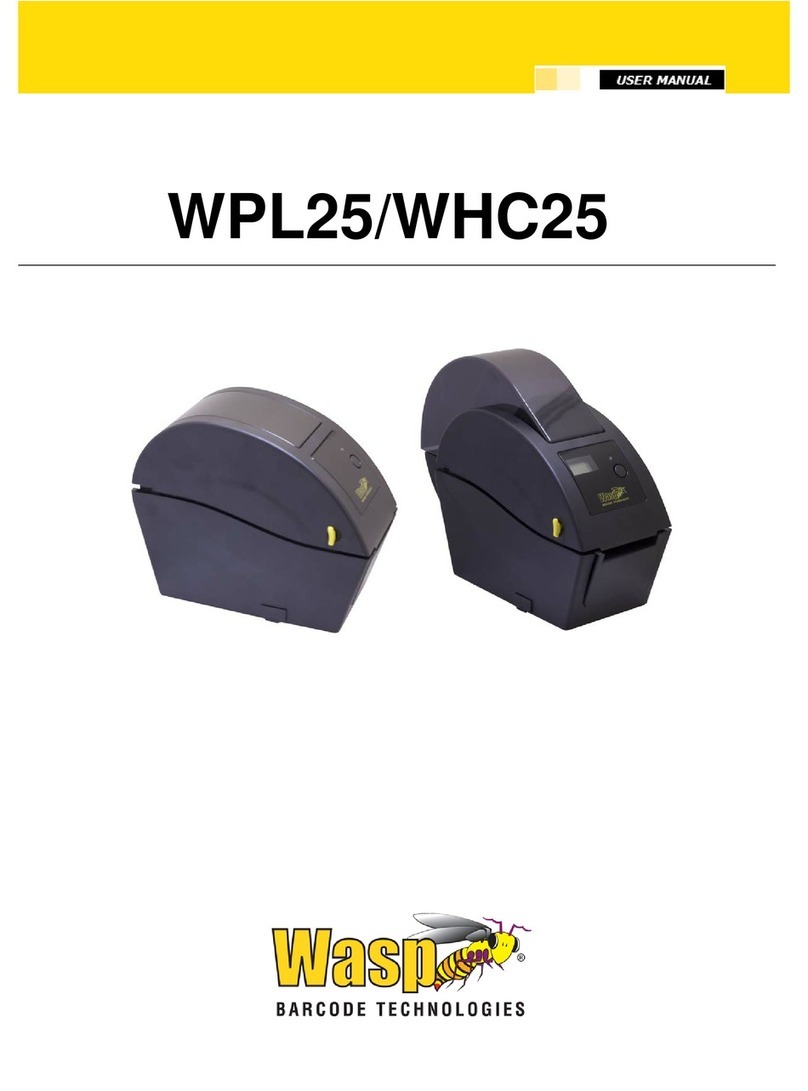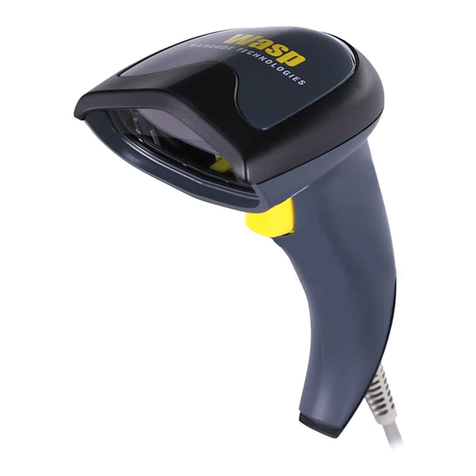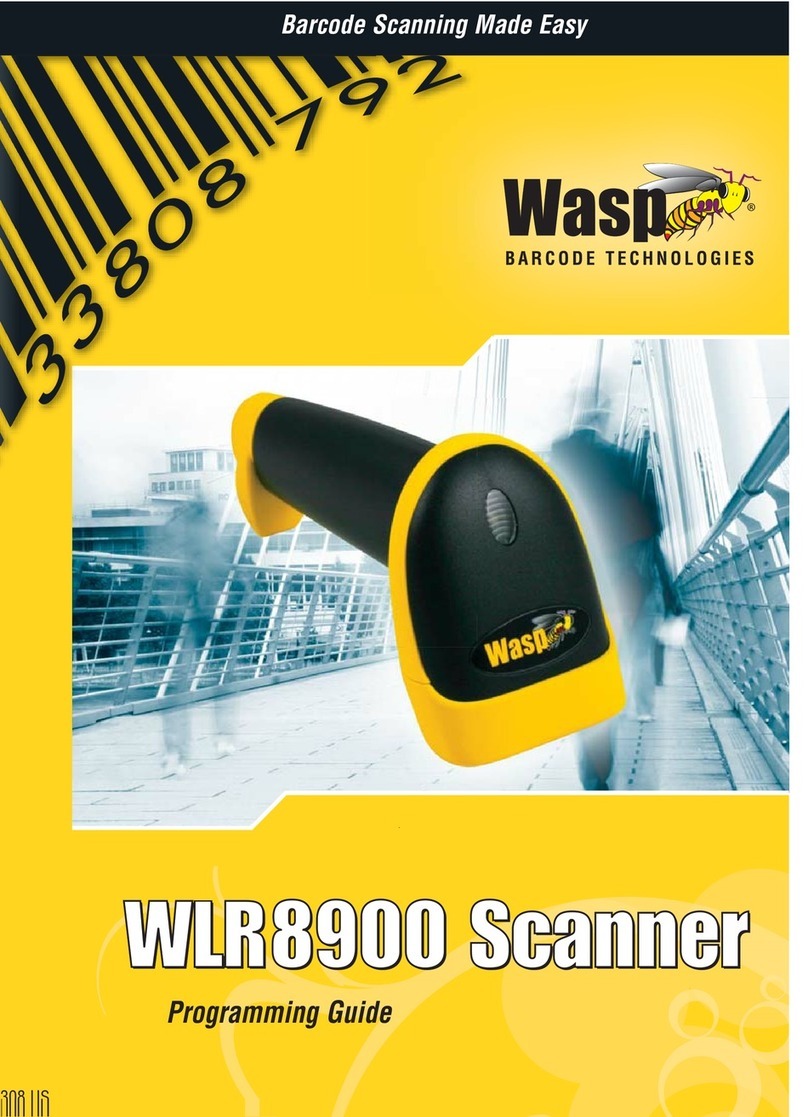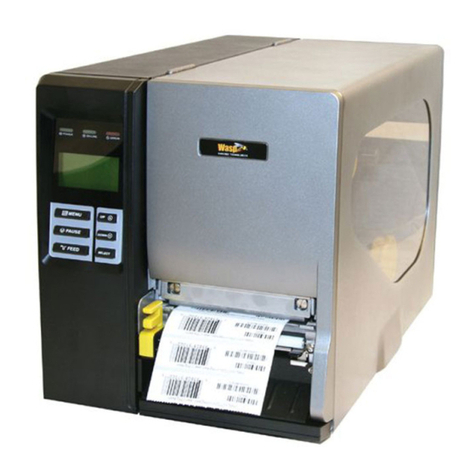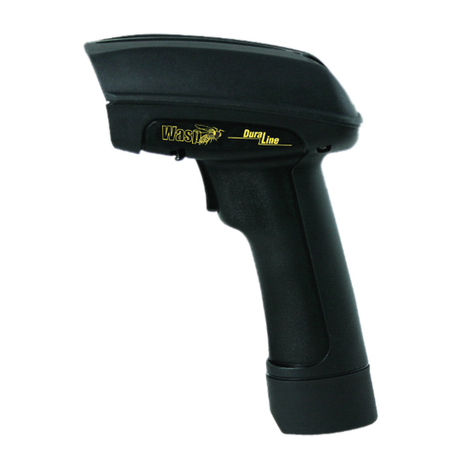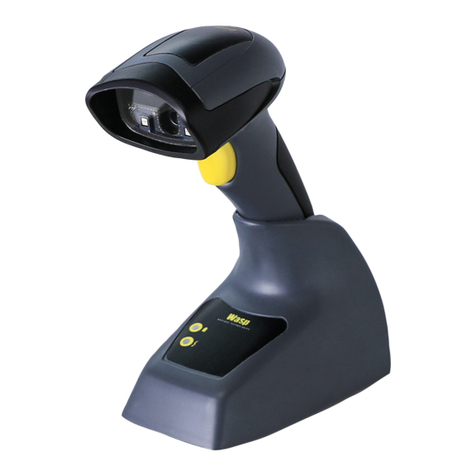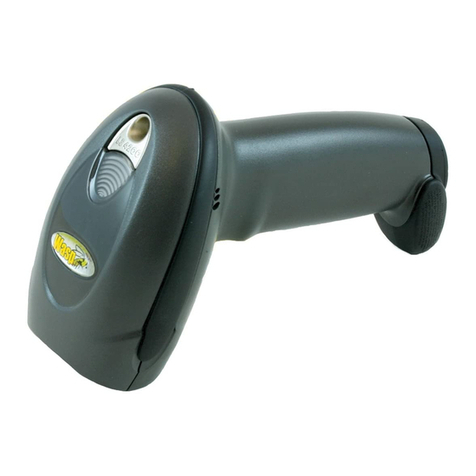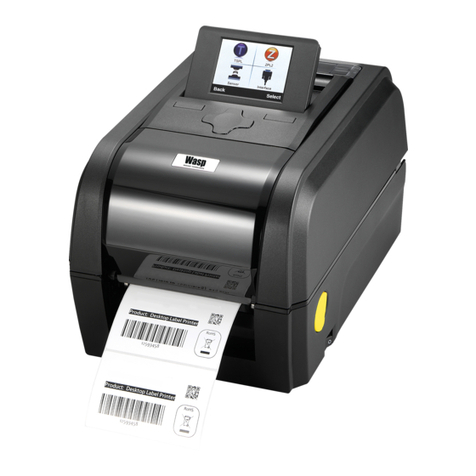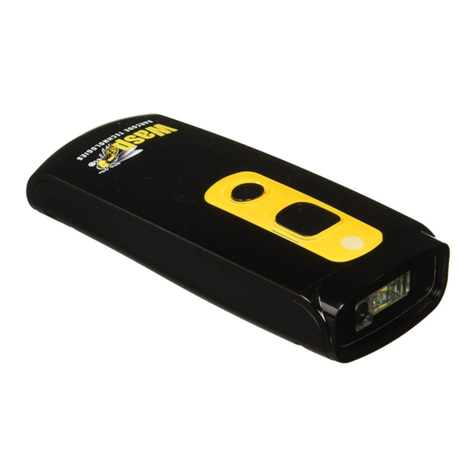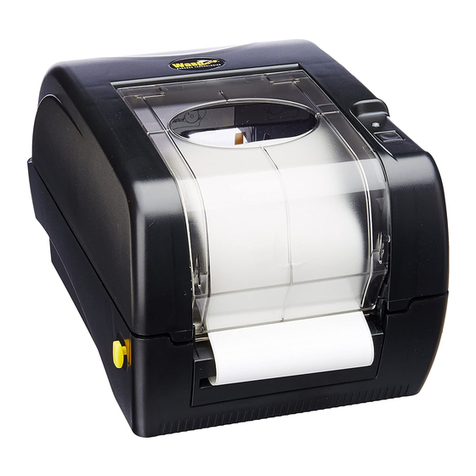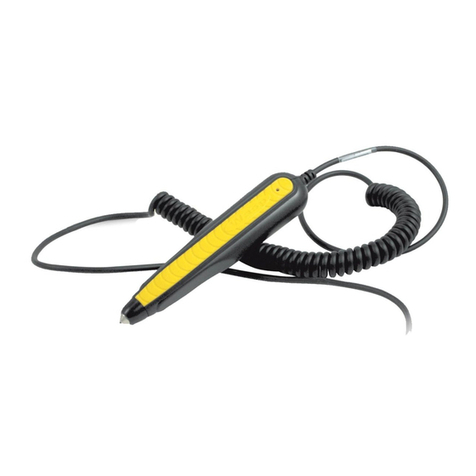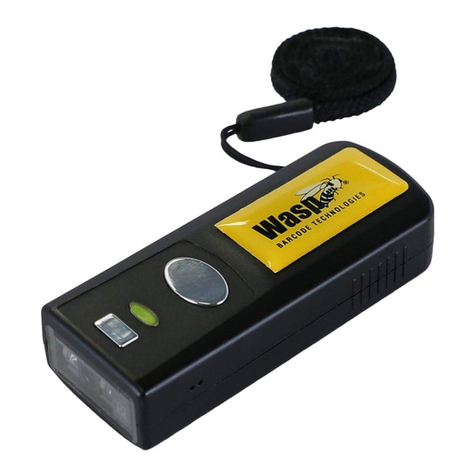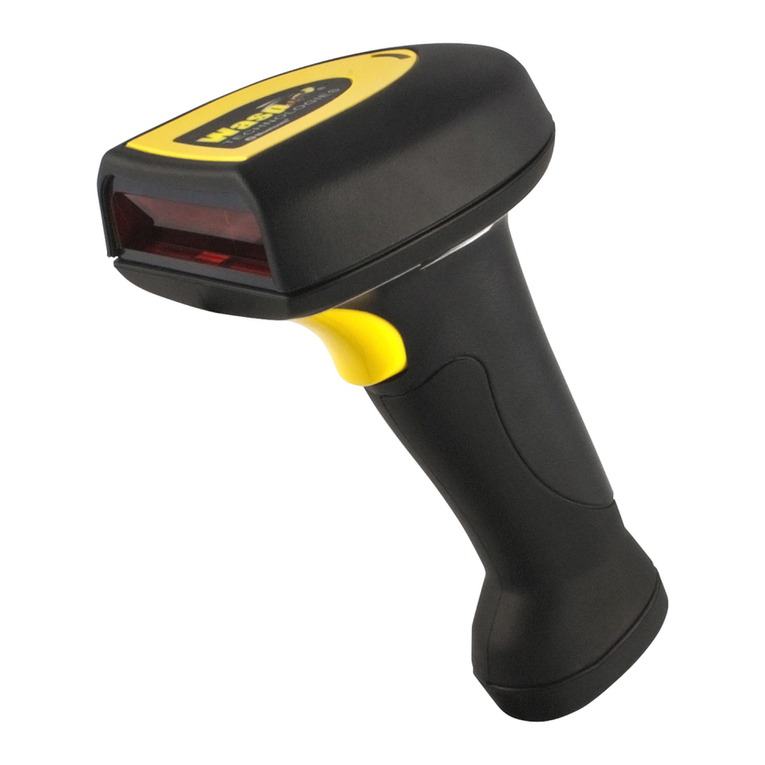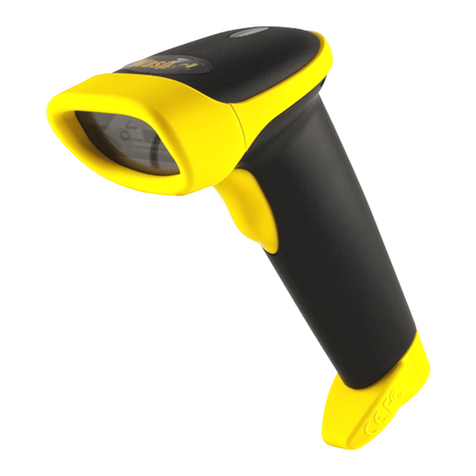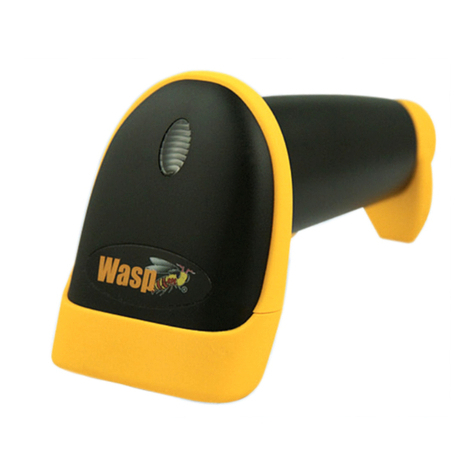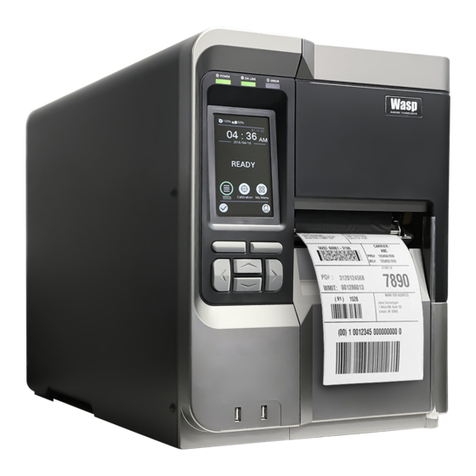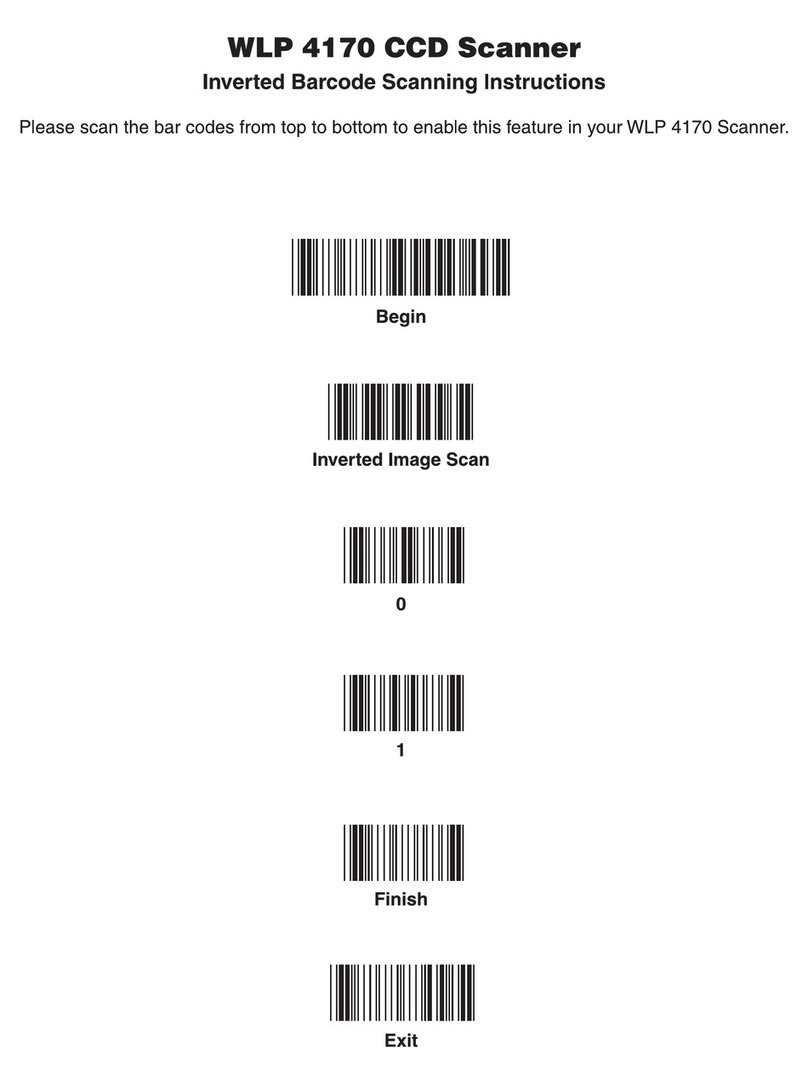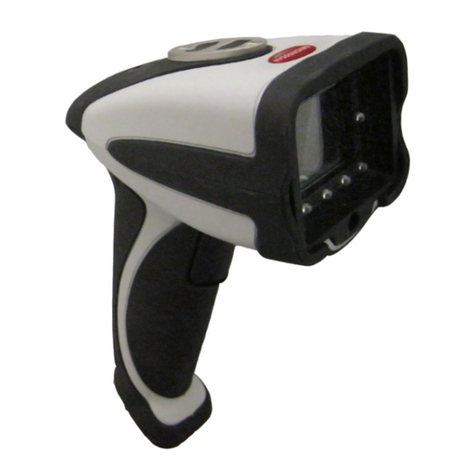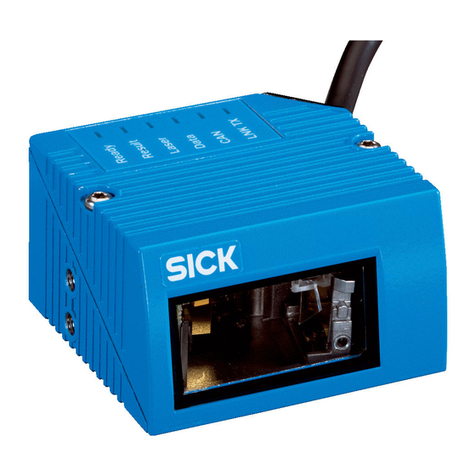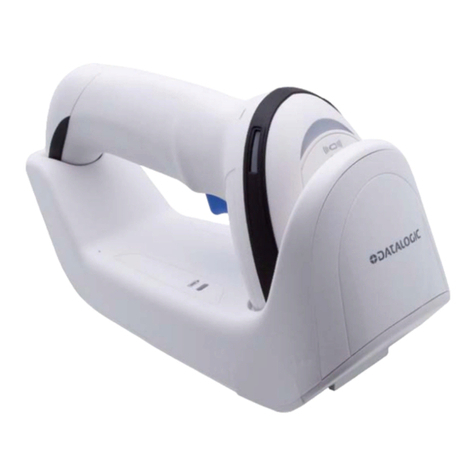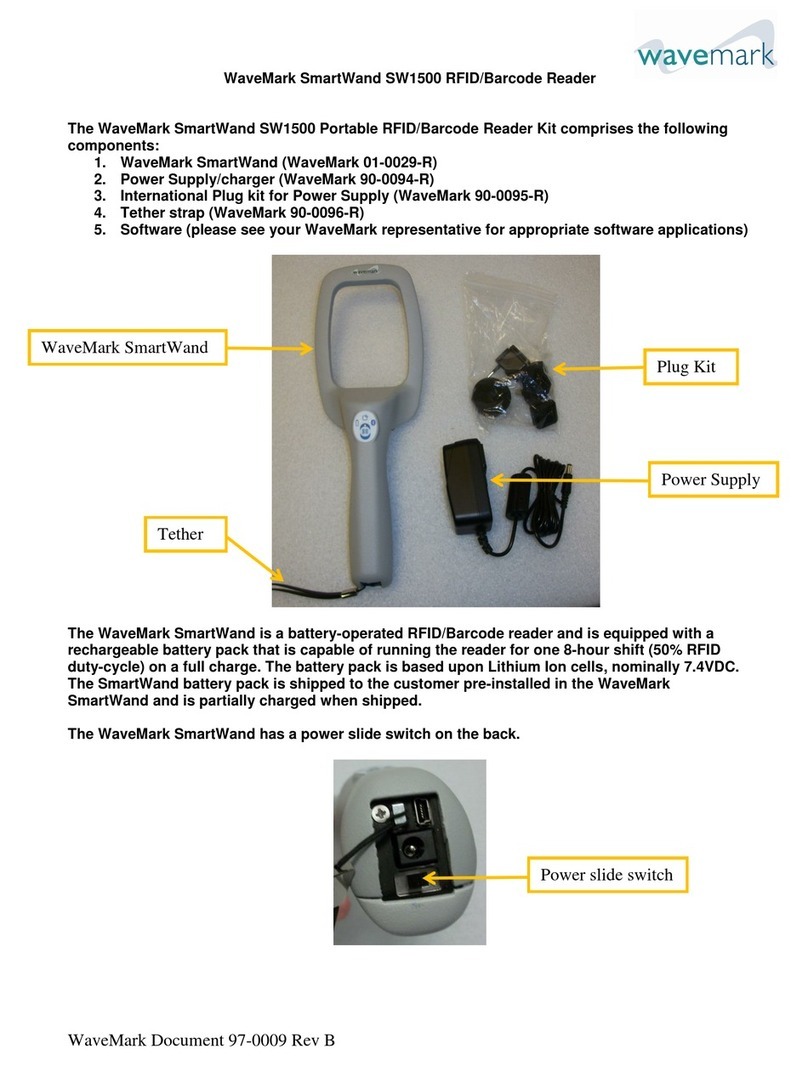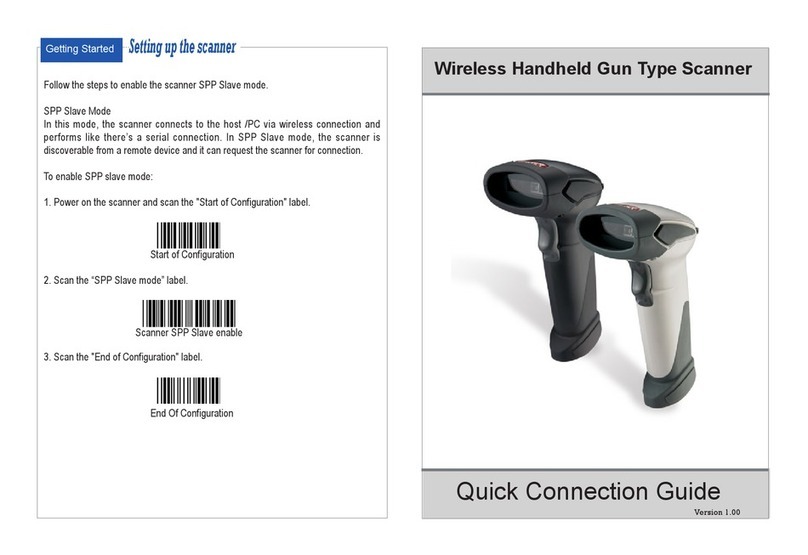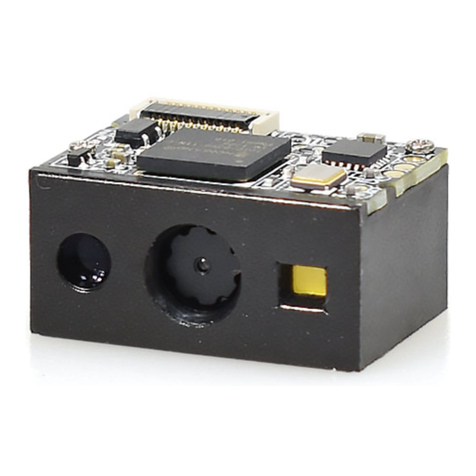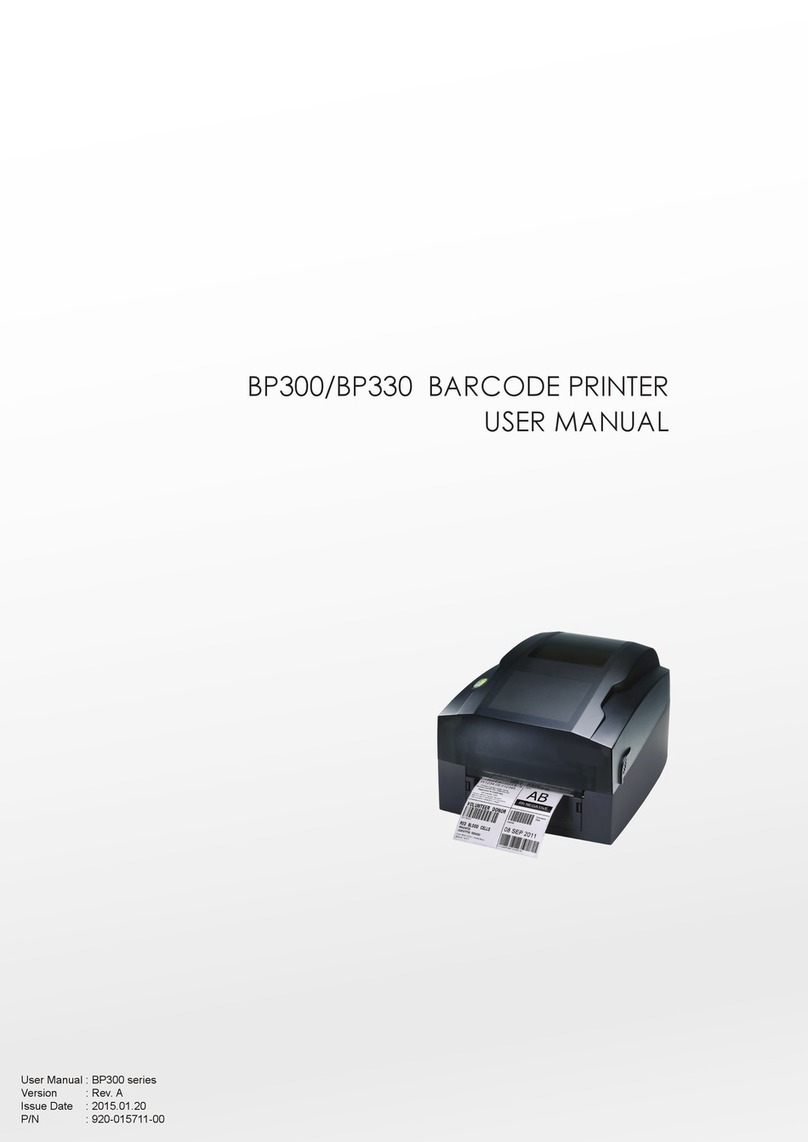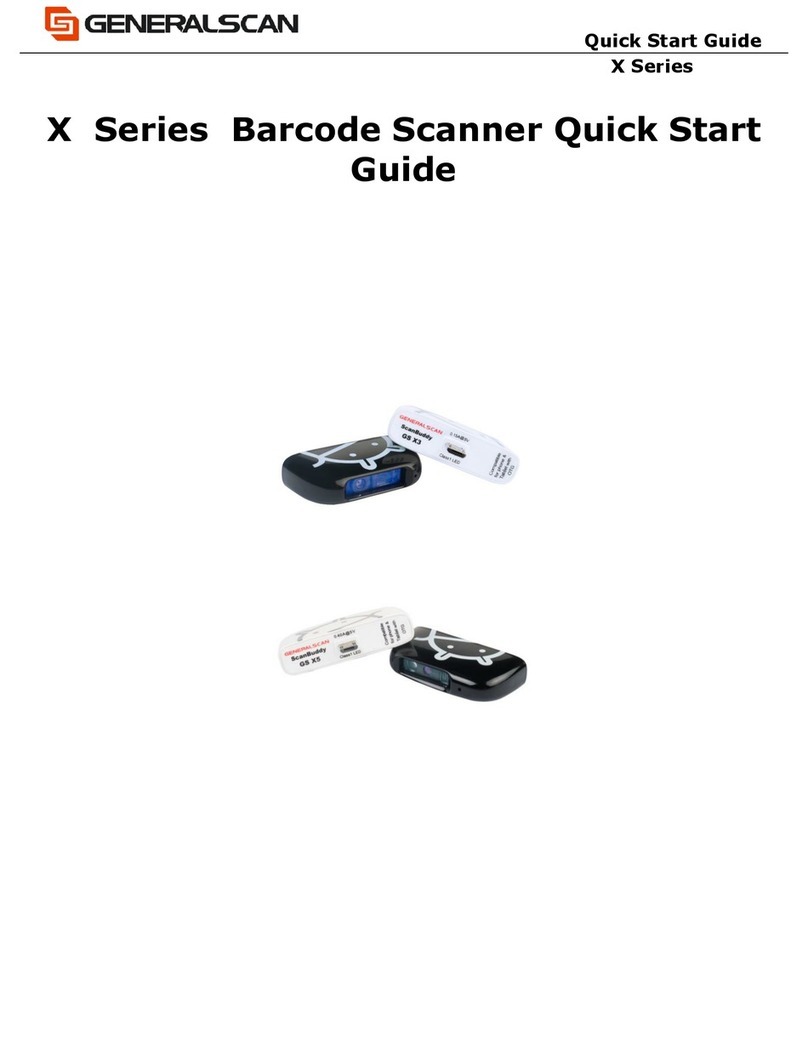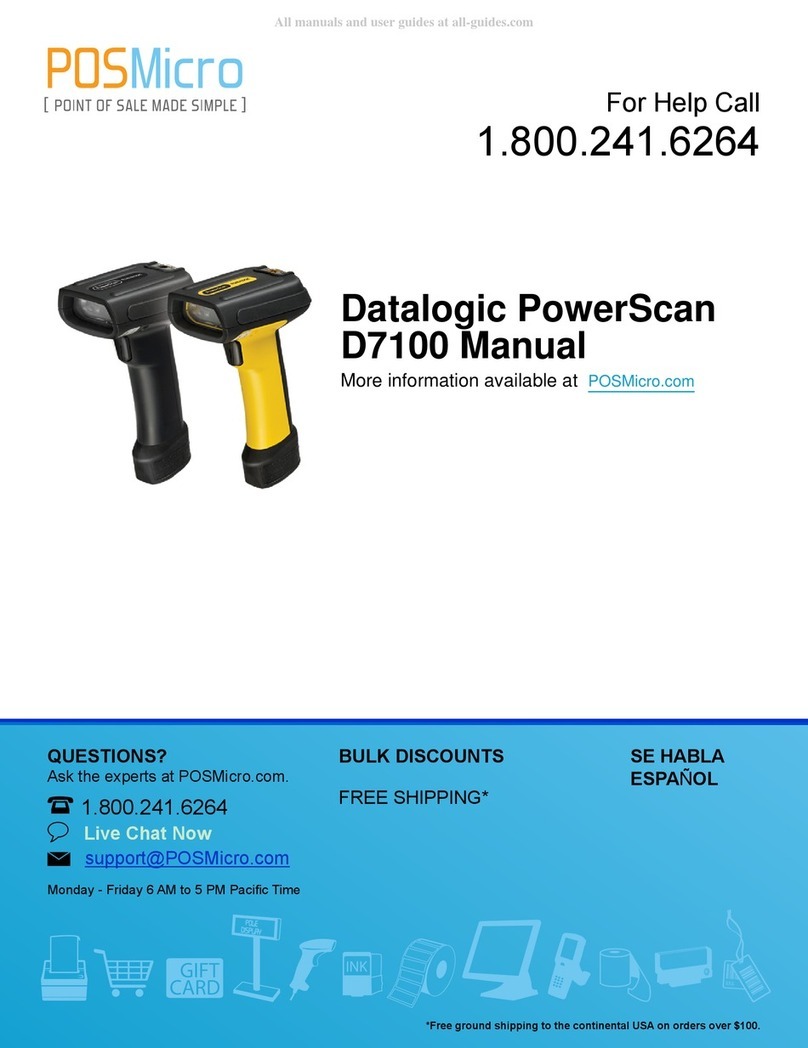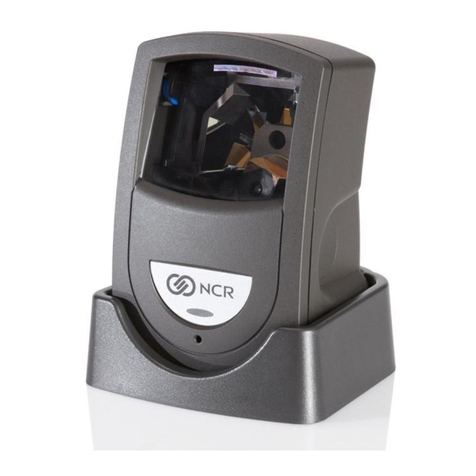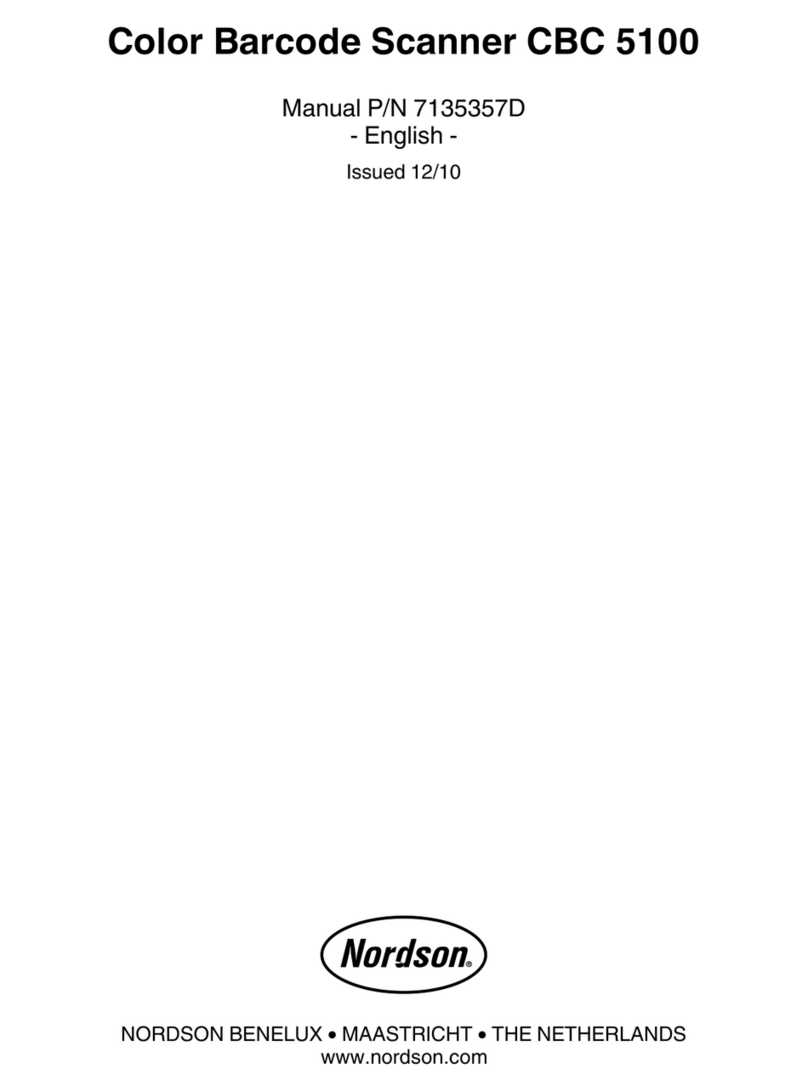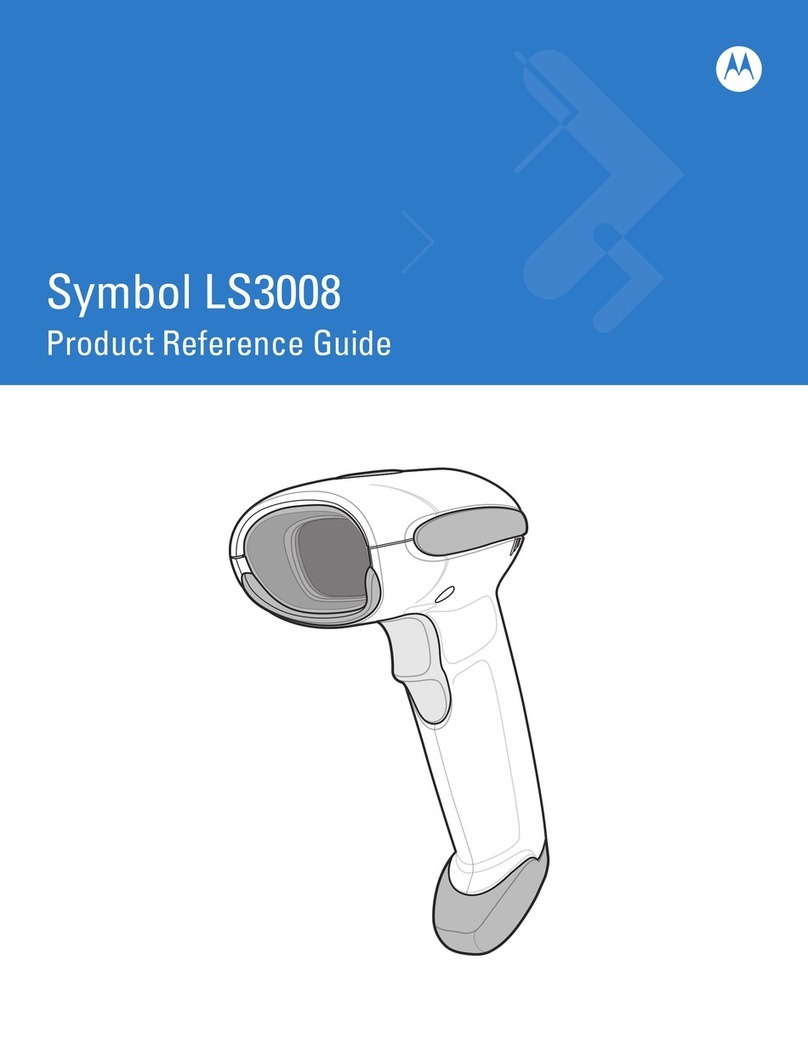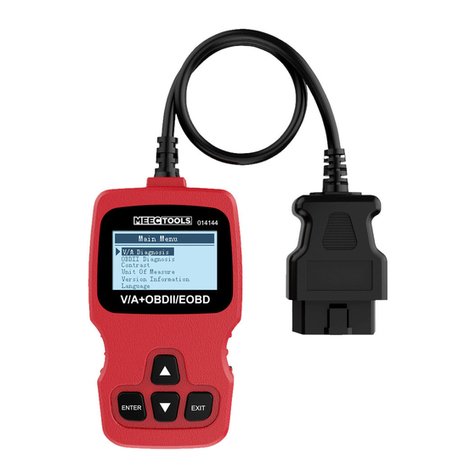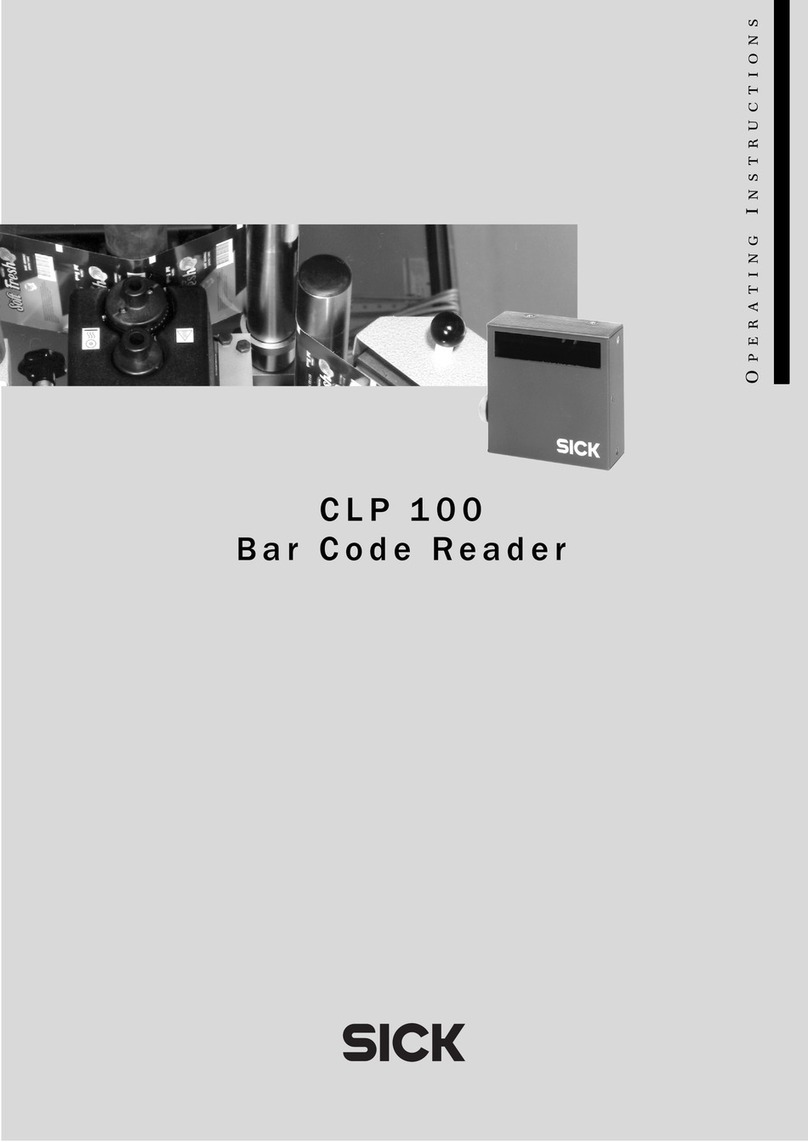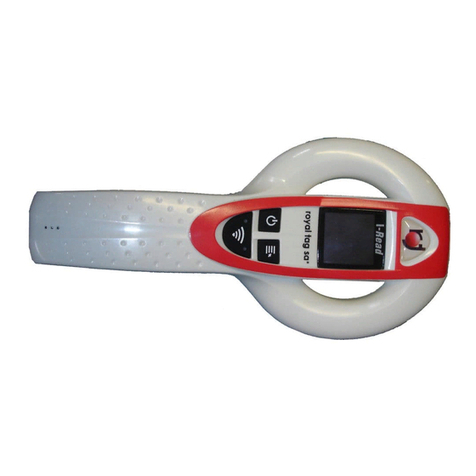Table of Contents
Chapter 1. Introduction . . . . . . . . . . . . . . . . . . . . . . . . . . .2
Chapter 2. Barcode Symbologies . . . . . . . . . . . . . . . . . . .3
Chapter 3. Quick Start . . . . . . . . . . . . . . . . . . . . . . . . . . . .4
Chapter 4. WWS500 Setup & Configuration . . . . . . . .6-28
1. Setup & Configuration . . . . . . . . . . . . . . . . .6
2. Factory Default & Autosense Stand Mode . .7
3. Beep and Delay . . . . . . . . . . . . . . . . . . . .8-9
4. Upper/Lower Case . . . . . . . . . . . . . . . . . . .10
5. Keyboard Language . . . . . . . . . . . . . . . . . .11
6. Preamble/Postamble Configuration . . . . . .12
7. Terminator/Code ID . . . . . . . . . . . . . . . . . .13
8.
Enable/Disable Barcode Symbologies
. . .14-15
9. Barcode Symbology Settings . . . . . . . .16-28
Code 39 . . . . . . . . . . . . . . . . . . . . . . . . . . .16
Interleaved 2 of 5 and Code 93 . . . . . . . . .17
Code 128 and UCC/EAN 128 . . . . . . . . . . .18
MSI/Plessey . . . . . . . . . . . . . . . . . . . . . . .19
Codabar . . . . . . . . . . . . . . . . . . . . . . . . . . .20
UPC-A . . . . . . . . . . . . . . . . . . . . . . . . . . . .21
UPC-A Supplemental / UPC-A to EAN-13 .22
UPC-E . . . . . . . . . . . . . . . . . . . . . . . . . . . .23
UPC-E Supplemental . . . . . . . . . . . . . . . . .24
EAN-8 . . . . . . . . . . . . . . . . . . . . . . . . . . . .25
EAN-8 Supplemental . . . . . . . . . . . . . . . . .26
EAN-13 . . . . . . . . . . . . . . . . . . . . . . . . . . .27
EAN-13 Supplemental . . . . . . . . . . . . . . . .28
Chapter 5. Bluetooth Settings . . . . . . . . . . . . . . . . . . . . .29
Appendix A Barcode Test Symbols . . . . . . . . . . . . . . .30-32
Appendix B ASCII Table . . . . . . . . . . . . . . . . . . . . . . . .33-36
Appendix C Codes for PC . . . . . . . . . . . . . . . . . . . . . . . . .37
Appendix D Technical Specifications . . . . . . . . . . . . . . . . .38
Warranty . . . . . . . . . . . . . . . . . . . . . . . . . . . .39
FAQ / Product Support . . . . . . . . . . . . . . . . .40
